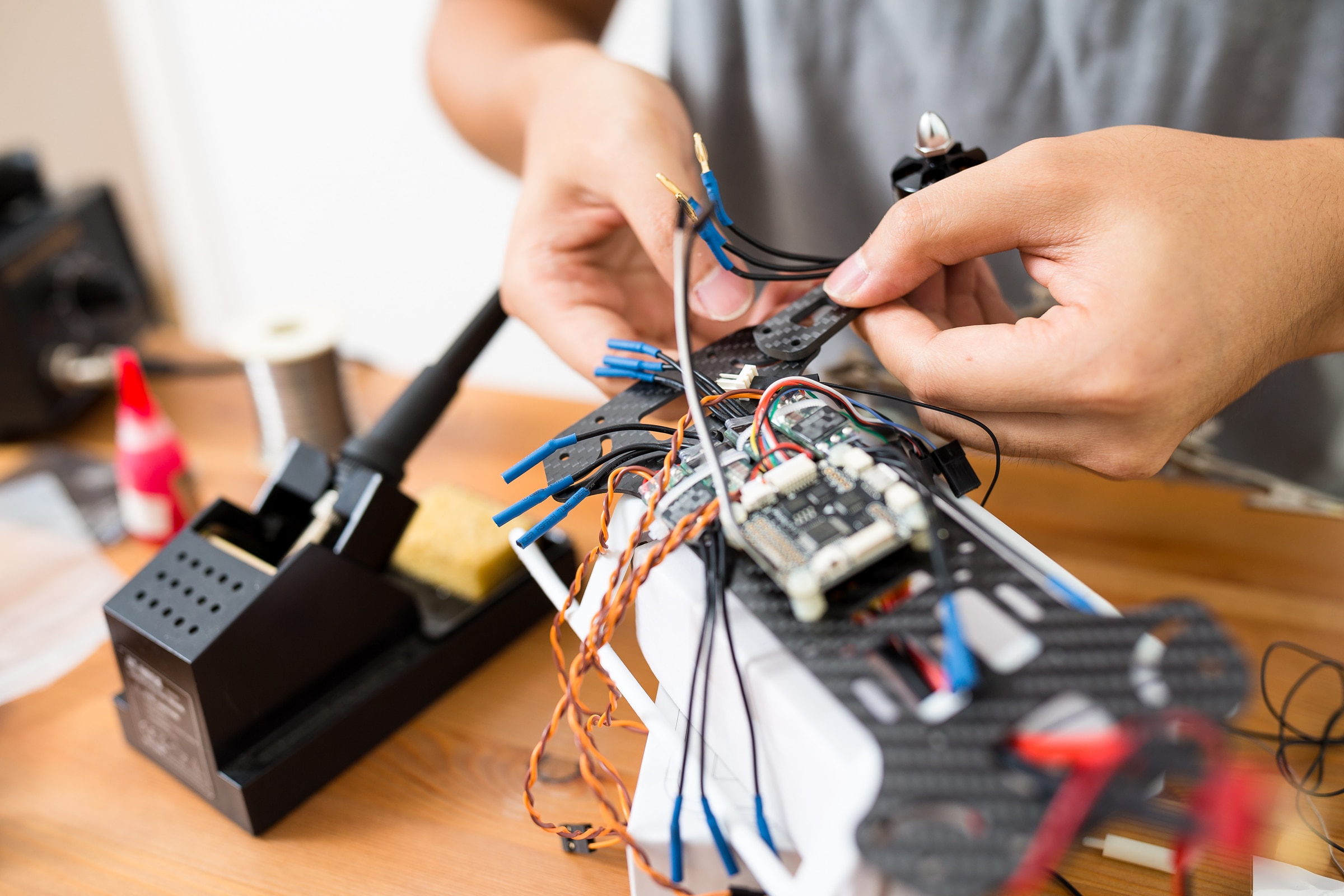
What are the specific rules for using drones at campsites in the UK’s National Parks?
Drones have revolutionised the photography and video industry, providing a unique perspective for capturing breathtaking views. They have found a particular niche amongst camping enthusiasts, who appreciate the ability to document their outdoor adventures from an aerial viewpoint. However, as drone usage soars, so does the need for specific rules and regulations, especially within sensitive locales such as National Parks. We will delve into the specific rules of flying drones at campsites within the UK's National Parks, keeping you informed and aware of the necessary guidelines.
The Regulatory Framework for Drone Usage in Parks
The rules for drone usage in parks, particularly in National Parks, are regulated by a framework set forth by the Civil Aviation Authority (CAA). The CAA categorises drones based on their weight and the purpose of their use.
Have you seen this : Which UK campsites offer the best facilities for disabled campers?
Recreational drones, for instance, fall into the 'open' category, provided their weight does not exceed 25kg. Commercial drones, however, are considered part of the 'specific' or 'certified' category, with unique rules and requirements, including obtaining permission from the CAA.
Before you take off your DJI or any other drone, you must be aware that irrespective of the type of drone, all users must adhere to the Drone Code, a set of regulations aimed at ensuring safe and responsible drone use. The code specifically stipulates that drone operators must keep their aircraft in sight, not fly above 120 meters, and stay away from aircraft, helicopters, airports, and airfields.
In the same genre : What type of footwear is best for hiking in the Peak District while camping?
Flying Drones in the National Parks Districts
National Parks are home to breathtaking landscapes and diverse wildlife. While these parks make for stunning drone footage, you need to be cognizant of the rules that govern these areas. Flying drones in National Parks is not a simple matter of open skies and free will.
In fact, most of the UK's 15 National Parks have stringent rules regarding drone usage. For example, in the Lake District National Park, drone flying is not permitted without explicit permission from the Park Authority. Similar rules apply to the Peak District, where flying drones is considered potentially disruptive to the sensitive wildlife and thus strictly controlled.
These rules are in place to protect the environment and the diverse wildlife that could be disturbed by the introduction of drone technology into their habitats. Failure to comply with these regulations can lead to significant fines and prosecution, so it's crucial to be aware of the rules before you take to the skies.
Seeking Permission for Drone Usage
You may be wondering, "So, how can I fly my drone in a National Park?" The answer lies in obtaining the necessary permission. For recreational purposes, you must apply to the National Park Authority for permission. This process involves outlining your intentions and demonstrating that you understand the rules and the potential impact on wildlife and other park users.
For commercial purposes, or if your drone weighs more than 25kg, you will also need to apply for permission from the CAA. This is a more rigorous process, often involving a proof of competence or training and a detailed proposal of your planned operations.
The Importance of Respect and Responsibility
While the attraction of capturing breathtaking aerial footage is undeniable, it is vital to approach drone usage with respect and responsibility. National Parks are havens for wildlife and must remain undisturbed for their continued survival. Moreover, they are also places of peace and tranquillity for people who visit them.
Before you decide to unleash your drone in these areas, ask yourself whether your aerial pursuits might disturb the peace of others, or worse, the local wildlife. Always remember that the beauty of these parks lies in their untouched wilderness. As drone operators, it is our responsibility to ensure we do not disrupt this balance.
Training Programs and the Future of Drone Regulations
The rising popularity of drones has seen the introduction of various training programs, aimed at educating drone operators about safety measures, rules, and the potential impact of their aircraft.
The CAA, in collaboration with various drone manufacturers like DJI, has introduced educational campaigns to promote awareness and understanding of the rules. Dronesafe.uk, for instance, is a comprehensive guide to safe and responsible drone usage.
In the future, we can expect more detailed guidelines and nuanced rules. Drones, after all, are a relatively new addition to our skies, and as technology advances, so too will the regulations surrounding their use. By staying informed and updated, you can ensure that you're flying your drone legally and responsibly.
Responsible Drone Usage in the UK’s National Parks
In the quest for striking aerial imagery, it's important to remember that National Parks are not just picturesque landscapes, but also vital habitats for diverse ecosystems. Therefore, responsible drone usage is paramount. To ensure this, every drone pilot must adhere to the 'Drone Code', irrespective of whether they are flying a recreational or a commercial drone.
The Drone Code, enforced by the Civil Aviation Authority, stipulates that drone operators must always maintain sight of their drone, never fly above 120 meters, and avoid airports and airfields. Besides these rules, drone pilots must also seek permission from the Park Authority for flying drones in any of the National Parks. For instance, in the Lake District and Peak District National Parks, explicit consent is needed due to the potential disruption drones could cause to the sensitive wildlife.
However, obtaining permission isn’t a simple process. An application to the National Park Authority must include your intentions, a demonstration of your understanding of the rules, and the potential impact on wildlife and other park visitors. For commercial purposes or if your drone model weighs more than 25kg, you'll also need to secure permission from the CAA. This involves providing proof of competence or training and a detailed proposal of your planned operations.
Failing to comply with these regulations can result in severe consequences including substantial fines and even prosecution. Hence, it is not just a matter of legal compliance, but also a call to respect the balance of nature and the peace of the parks we cherish.
Conclusion: Embracing the Future of Drone Technology Responsibly
As we navigate the future of drone technology, it is clear that with the unique opportunities it presents come critical responsibilities. The more we understand the potential impact of our actions, the better we can adapt to create safer and more respectful environments for drone usage.
The rise in popularity of drones has led to the introduction of training programs that educate drone pilots on safety measures, rules, and potential impact of their activities. The Civil Aviation Authority and drone manufacturers, such as DJI, have launched educational campaigns like Dronesafe.uk that offer comprehensive knowledge on responsible drone usage.
As technology advances, regulations will continue to evolve. Therefore, it is crucial to stay updated with the latest rules and guidelines. Whether you're flying in the Cairngorms National or in the open countryside, always remember that these are shared spaces. As drone pilots, the responsibility lies with us to ensure we do not disrupt these spaces. We must strive to balance our aerial pursuits with the tranquillity of the parks and the sanctity of the wildlife that calls them home.
So, before you fly your drone in any of the United Kingdom's beautiful National Parks, remember to understand the rules, get the necessary permissions, and fly responsibly. Let's embrace the future of drone technology, but let's do it responsibly.
